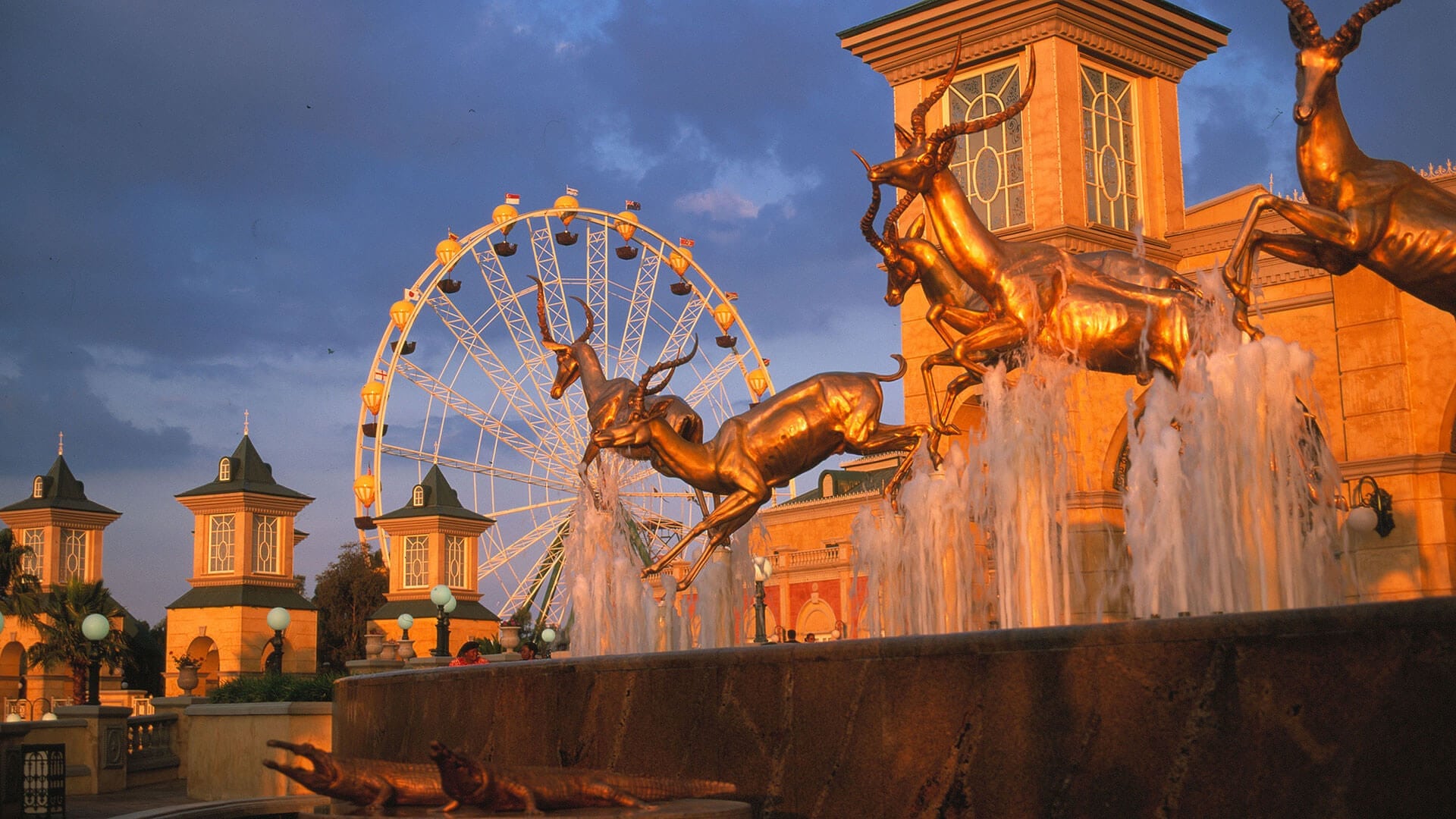An Unbiased View of Johannesburg North Attractions
An Unbiased View of Johannesburg North Attractions
Blog Article
6 Easy Facts About Johannesburg North Attractions Shown
Table of ContentsNot known Details About Johannesburg North Attractions More About Johannesburg North AttractionsJohannesburg North Attractions for DummiesThe Johannesburg North Attractions StatementsThe Single Strategy To Use For Johannesburg North AttractionsJohannesburg North Attractions Fundamentals Explained
The city expanded on the side of the Witwatersrand Key Coral reef, a below ground stratum of gold-bearing quartz-silica empire that arcs for hundreds of miles under the Highveld - Johannesburg North attractions. Most of the gold mines in the city stopped operation in the 1970s, but in its day the Witwatersrand gold industry accounted for even more than 40 percent of the globe's yearly gold production.Johannesburg has a warm climate. Summertime temperature levels balance concerning 75 F (24 C); winter temperatures average regarding 55 F (13 C) and only occasionally dip below freezing. The city delights in about 8 hours of sunshine daily in both winter months and summer season. Rain averages about 28 inches (700 millimetres) per year, yet the overall differs substantially from year to year.
What rainfall the city gets falls almost specifically in the summer season, commonly in magnificent late-afternoon electrical storms. Air air pollution postures a substantial problem, specifically in the winter season months, when thermal inversions restrain the westward circulation of air from the Indian Sea. Air pollution is most extreme in the densely worked out Black townships on the city's perimeter, where numerous citizens still depend on coal for gas.

The Only Guide for Johannesburg North Attractions
The balance of the city is inhabited by whites. Holiday accommodation differs in character and high quality.
Physical growth, although rather limited by transport, proceeded swiftly as migration to South Africa, and Johannesburg in particular, enhanced substantially.
A lot of bad residential areas were mixed, with inadequate blacks and whites cohabiting, although the wealthy suburbs were typically scheduled for whites. This changed with the political election of the National Party in the 1948 elections, that began to formalise the system understood as discrimination. Racism officially marked which suburban areas each race might live in under the Team Areas Act.
The previous system of eleven numbered areas was reorganised in 2006. Marshalltown, as seen from the top of the Carlton Centre. The M1 and M2 run behind the buildings, and the southern suburbs expand past the freeway border. The central city of Johannesburg is located within the city's Region F. The estimated populace of the area is 200,000, [] but the variety of people residing in the internal city on an informal basis is unknown, as many are illegal aliens. The majority of higher-income homeowners and white individuals have relocated to the northern residential areas and have been replaced by lower-income black individuals. The joblessness, education, and age profiles of the area are all unknown, as a result of the trouble of acquiring reliable details about the area.
The Ultimate Guide To Johannesburg North Attractions
Yeoville and Bellevue have a mix of apartment and solitary residential units on tiny lots. The area is situated on a hilly divide that ranges from eastern to west. One of the most obvious geographical function is Observatory Ridge, which is named for the huge observatory situated on it. The leisure areas are no much longer used, as a result of security problems.

Johannesburg Arena, a training ground for both the Golden Lions and Orlando Pirates, is surrounding. The eastern suburbs of Johannesburg lie in the city's 7th [] and 9th [] regions. The area is also functionally integrated with East Rand boundary communities outside of the official border of Johannesburg, such as Bedfordview and Edenvale (both component of Ekurhuleni Metropolitan Municipality).
Johannesburg North Attractions Things To Know Before You Get This
R. Tambo International Airport Terminal). The eastern residential areas are a few of the oldest locations of Johannesburg, there are big areas of Jewish and other European backgrounds, the majority of the populace is English talking. There are 3 golf links in addition to a variety of safeguarded ridges with viewsites. There are numerous strong and up-market amusement and shopping locations in the eastern such as the Eastgate Shopping Center and the Greenstone mall.
Originally built to house male migrant workers, lots of have been improved as dwellings for pairs and households. The suburb Read Full Article was not historically enabled to develop employment centres within the area, so practically all of its homeowners are commuters to other parts of the city.
Johannesburg North Attractions Things To Know Before You Get This
The N1 Western Bypass connects the northern suburban areas with the north-western suburbs. The houses in the northern residential areas are generally official, without substantial areas of informal housing, or housing that lacks an irreversible structure. This is a recognized location, there is a fad of land usage modification from property to commercial, particularly along main arterial roadways and around established nodes.
Roads to the eastern and west are less well created, as there are no highways travelling in that direction. In the direction of the north border of the city, the density of growth lowers, leaving big areas of untaught land around Midrand.
The Buzz on Johannesburg North Attractions
The first suburban area to the north of the central city is Parktown, which lies on a hill overlooking the inner city and Hillbrow. It has several rich citizens and Edwardian-style manors, as well as the Education and Medical campuses of the College of the Witwatersrand. The huge concrete Charlotte Maxeke Johannesburg Academic Hospital dominates the skyline of Parktown.
Report this page